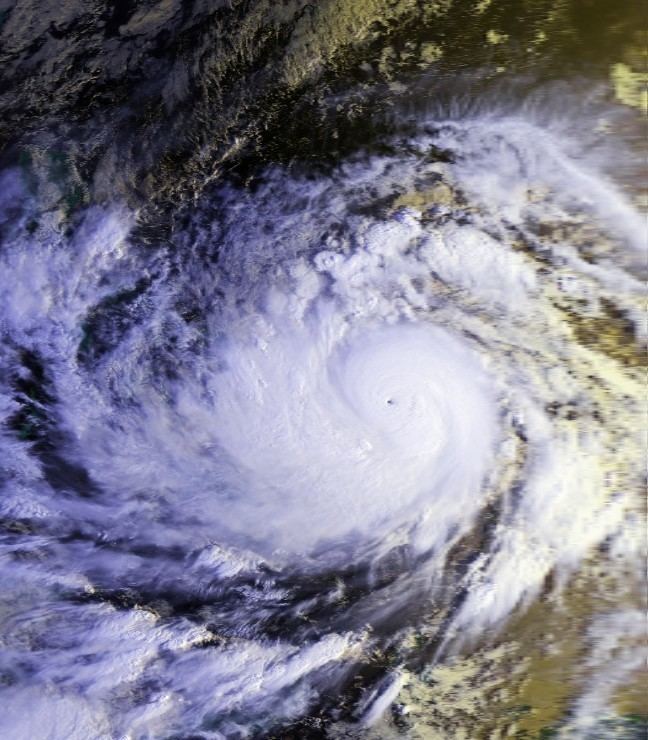 | ||
The Climate of Cebu is a tropical wet and dry climate. There are two seasons in Cebu - the wet season and the dry season. Cebu has three different climates, based on the distribution of rainfall, with the most prevalent ones being Am and Af and a very minor area of Aw. Based on temperature, the warmest months of the year are March through October; the winter monsoon brings cooler air from November to February. May is the warmest month, and January, the coolest.
Contents
All typically tropical temperature at sea level or low-elevation have a temperature range over the year is less than three degrees Celsius (5.4 degree F), and annual rainfall exceeds 1,500 millimetres (60 in).
Climate types
There two methods for defining climate classification. Coronas Climate Types were described by 1920 by Coronas, who was chief of Manila Observatory. He devised the classification which described all of the Philippines (only) into one of four climate types, depending mostly on distribution of rainfall.
In this classification all of Cebu takes two types:
The other classification method is Köppen-Geiger type:
Temperature
The climate is typically equatorial – temperature range over the year is less than three degrees Celsius (5.4 degree F), and annual rainfall exceeds 1,500 millimetres (60 in). January to April inclusive are less wet than the other months.
The backbone of Cebu's hills and mountains can have temperatures lower than the coastal areas.
Typhoons
The province of Cebu normally gets typhoons once a year or none. The typhoons that hit Cebu in recent times were category 5 Typhoon Ruping (1990), Typhoon Utor (2006), Typhoon Hagibis (2007), Typhoon Fengshen (2008), Typhoon Bopha (2012) and Typhoon Amy.
In November 2013, a powerful typhoon - Typhoon Haiyan – struck the province as a category 5 super typhoon. Northern towns of Cebu province and Bantayan Island were the worst hit.
